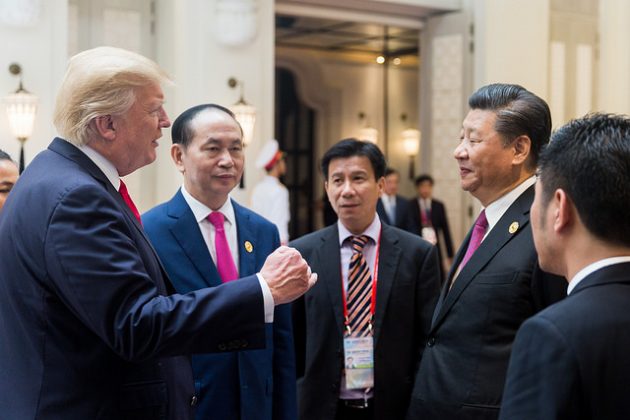The global economy is on the cusp of a long-feared escalation in trade tensions, and Scotiabank says the dominant risk of the Trump presidency would have significant implications for many countries

NAFTA uncertainty has been big news in Canada, but it pales in comparison to the economic damage that could be done by a U.S.-China trade war.
TORONTO—The global economy is on the cusp of a long-feared escalation in trade tensions, the dominant risk of the Trump presidency. The tension between the United States and China is leading to heightened financial volatility, affecting virtually every asset class.
An escalation in retaliatory trade policies would have very significant implications for the U.S. and China, with consequences impacting other countries. This threat looms large over economic outcomes, and on central bank actions in North America.
“Setting aside trade risks, all indications suggest that global expansion remains solid, largely synchronized and resilient,” said Jean-François Perrault, Senior Vice President and Chief Economist at Scotiabank. “Global trade volumes are rising at levels not seen since mid-2011, despite concerns about trade protectionism.”
The NAFTA negotiations stand in some contrast to the acceleration in trade protectionism undertaken by the U.S. The Trump Administration appears willing to compromise on key demands in a rush to secure a revised NAFTA for the fall U.S. midterm elections. Since NAFTA-related uncertainty has been a drag on Canadian and Mexican activity, an early deal could potentially lift many of the negative consequences associated with the trade negotiations.
The strong rise in global industrial production has led to a significant increase in commodity prices relative to last year. This strength is expected to last, despite trade-related increases in risk aversion resulting in some softness in prices in March. The impact of strong global demand is most evident in the energy sector, with WTI expected to average US$65 per barrel, up nearly US$15 per barrel from 2017 levels.
Highlights of Scotiabank’s Global Outlook include: